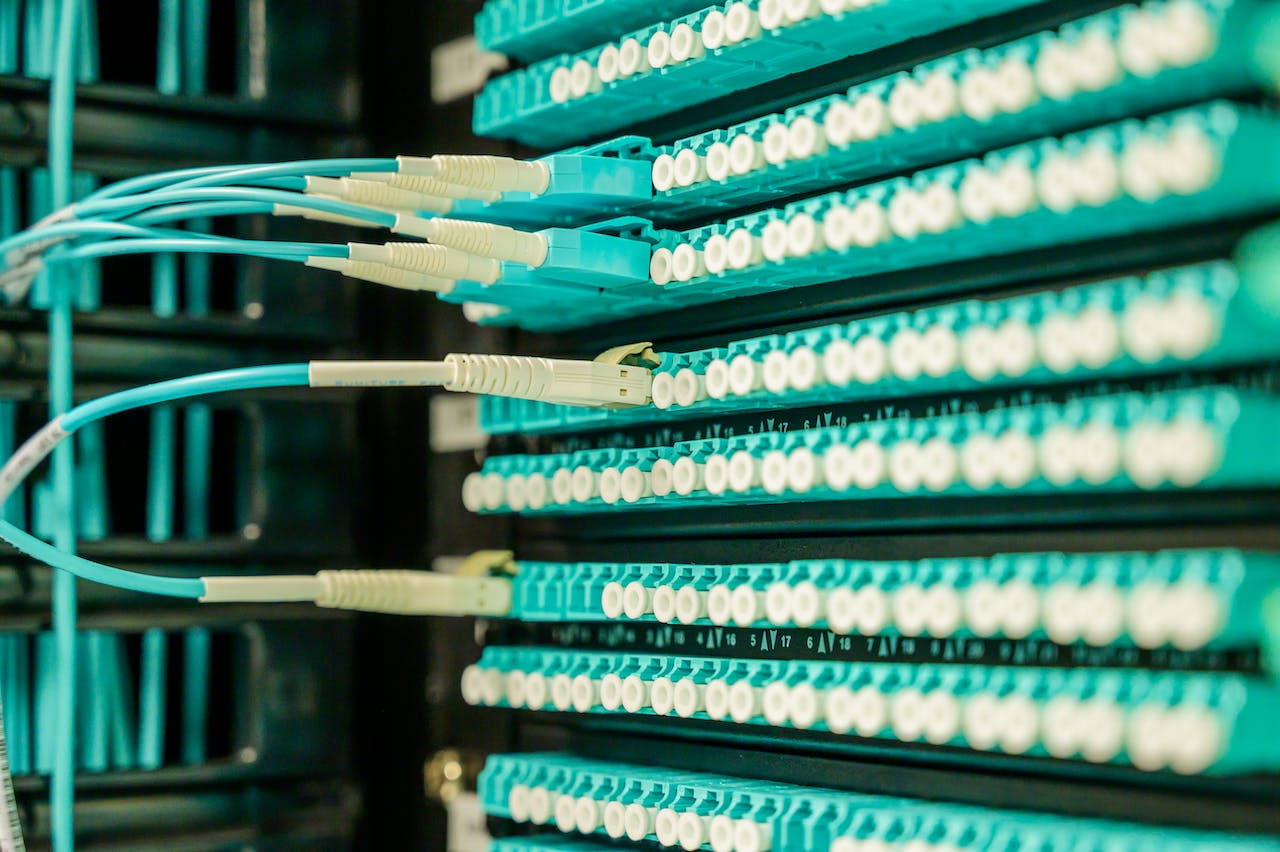Last update at :2024-01-17,Edit by888u
Hellohao Image Bed is a Spring Boot open source image bed project. It is built based on Spring Boot and realizes docking with multiple object storage sources. It has supported docking with local storage, NetEase Cloud, Alibaba Cloud, Youpai Cloud, Qiniu Cloud, and Tencent Cloud. , FTP server, U-File object storage. There is a free version and a paid version. The paid version is only 88 yuan and you can get internal authorization.
Main functions
Multiple themes supported: cool wallpapers, simple blue and white Supports image drag and drop, screenshot software direct (Ctrl+V) and image URL address upload. Connect with major object storage platforms such as Local, NetEase, Alibaba, Youpai, Qiniu, Tencent, and FTP. Pictures are temporarily stored regularly (automatically deleted when expired) Supports gallery sharing mode (users can share their currently uploaded pictures in batches with friends in the form of picture albums) Duplicate image detection Supports uploader IP records and can configure IP blacklist operations Support link generation QR code. Support opening/closing API interface. Set user available capacity Expansion code generation (users can use the expansion code to expand capacity) Distribution group (configure user groups, different groups distribute pictures to different object storage) Home page background dynamic/static, and simple mode settings URL list, thumbnail. View the original image and other functions. Picture pornographic detection configuration (after turning it on, illegal pictures will be monitored at a fixed time every day) Upload management of visitors and users Email registration is activated. Site style setting and upload rule configuration, etc.
Installation tutorial
Supports one-click deployment and manual deployment
Deployment depends on the java environment:
yum install java-1.8*Automatic deployment
Create database
Create the mysql database picturebed and import the picturebed.sql file to create the table.
Enter the following command in SSH to perform one-click installation, including the java environment, without the need for background commands such as screen or nohub.
yum install -y wget && wget -O hellohao.sh http://www.hellohao.cn/gg/hellohao.sh && bash hellohao.shNote
- After the complete deployment is successful and the image bed is confirmed to be accessible, press Ctrl+C on the console and exit. (If there is a java environment, first install the java environment in the selection interface, and then re-execute the above naming to install the image bed)
- If there is a picture bed installed by the script before: please press 3 to stop according to the prompts and then press 2 to uninstall before reinstalling.
- If you restart the server, you need to redeploy it. No autostart at boot.
Manual installation
1. Download the compilation package, download address: https://github.com/Hello-hao/Tbed/releases.
2. Import the database, create the database picturebed, select utf8 as the character set, and import picturebed.sql.
3. Install tomcat in the app store in the Pagoda background. Select tomcat 8 version to download and install. Pagoda download tomcat8 comes with its own java environment, which is convenient for installing java.
Configuration file
Open application.properties and modify the connection information such as MySQL and server port to your server's information. (You can change the port number or not, as long as it is not occupied by other programs)
#databaseaccountpicturebed spring.datasource.username=root #Database password spring.datasource.password=root #Database link address spring.datasource.url=jdbc:mysql://localhost:3306/picturebed?useUnicode=true&characterEncoding=utf8&serverTimezone=GMT%2B8 #port server.port=8088 #identification period expression The expression below is executed at 7:30 every day #Please don’t modify it if you don’t understand. For details, please refer to the official documentation http://doc.wwery.com Expression=0 30 04 * * ? #The following configuration items do not need to be modified. mybatis.configuration.map-underscore-to-camel-case=true mybatis.mapper-locations=classpath:mapper/*.xml logging.level.cn.hellohao.dao=debug spring.jackson.date-format=yyyy-MM-dd HH:mm:ss spring.jackson.time-zone=GMT+8 spring.datasource.driver-class-name=com.mysql.jdbc.Driver spring.datasource.type=com.alibaba.druid.pool.DruidDataSource spring.thymeleaf.cache=false multipart.maxFileSize=10240KB multipart.maxRequestSize=10240KB spring.thymeleaf.mode=LEGACYHTML5 spring.http.multipart.location=/data/upload_tmpInstallation
Create a new javaweb directory under the system directory /home, and put Tbed.jar and application.properties under the directory.
Start the image bed
xshell connects to the server, enters the directory /home/javaweb created in the previous step, and then executes the following command to enter the directory.
[root@VM_0_15_centos ~]# cd /home/javawebDeploy jar compilation package
[root@VM_0_15_centos javaweb]# java -jar Tbed.jarNote
The port (8088) needs to be released and can be accessed normally.
After startup, the access address is: http://server IP:8088. The command line cannot be closed after startup, otherwise your site will be inaccessible. You can use commands such as nohup or screen to run in the background.
Initial username: admin Initial email: admin Initial password admin
Recommended site searches: Telecom IP address query, Japanese proxy server IP, IP view, free US host free cloud server, domain name registrar, US free space, vps US server, virtual host rental, Hong Kong cloud host,








发表评论